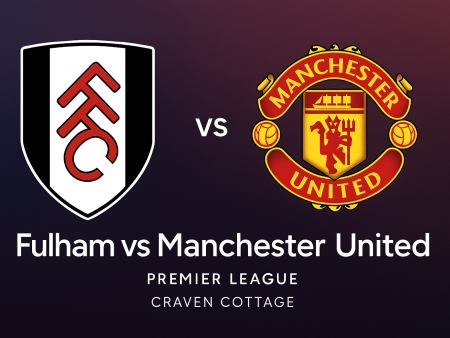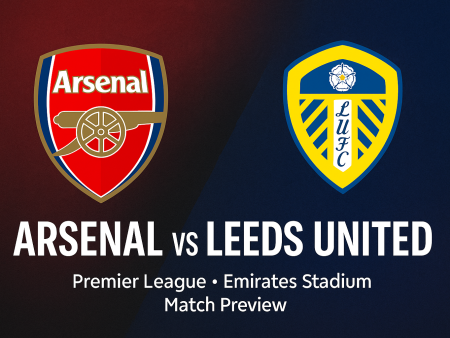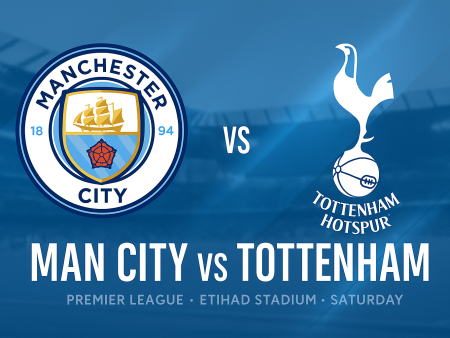Inside the Collapse: Sean Dyche’s Final Season at Burnley – A Tactical Breakdown
April 15, 2022, marked a seismic moment in English football as Burnley decided to part ways with manager Sean Dyche after a ten-year tenure that transformed the club’s fortunes. During his time at Turf Moor, Dyche’s tactical discipline and commitment to a distinct football identity reestablished Burnley as a Premier League regular. This article explores the tactical underpinnings of Dyche’s last season, the structural rigidity of his 4-4-2 approach, and the core reasons behind Burnley’s decline and his dismissal.
Sean Dyche’s 4-4-2: Building Burnley’s Identity
Sean Dyche’s Burnley became synonymous with the traditional 4-4-2 formation. The side’s tactics revolved around a compact defensive block and a direct attacking style that emphasized long balls, aerial duels, and set-piece opportunities. Under Dyche, every signing and tactical tweak seemed designed to reinforce this identity, for better or worse.
The 4-4-2 configuration fostered defensive solidity, but the system also struggled to evolve, particularly when chances dried up in open play. Goals often came via scrappy play, set pieces, or crosses rather than intricate build-up or individual brilliance. This lack of creativity and unpredictability in attack became a significant hurdle for the club as opponents learned to neutralize Burnley’s primary weapons.
Key Players and Their Roles in Dyche’s System
Throughout Dyche’s reign, recruitment was purposeful and effective, at least defensively. Notable signings like goalkeeper Nick Pope and center-back James Tarkowski provided steel and consistency at the back. Alongside Ben Mee, they formed a defensive triangle that served as Burnley’s backbone for several seasons. However, Ben Mee’s injury near the end of the 2021/22 campaign exposed defensive vulnerabilities, with replacement Nathan Collins struggling to maintain the same reliability.
The full-backs – Charlie Taylor and a rotating cast at right-back between Connor Roberts and Matthew Lowton – contributed defensive grit, with limited forays forward. Midfield saw the pairing of Ashley Westwood, a talented passer and facilitator, and the more restrained Josh Brownhill, whose role focused on defensive transitions and breaking up opponent attacks.
On the flanks, Dwight McNeil offered a creative spark and dangerous delivery from the left, while veteran Aaron Lennon brought pace on the opposite wing. Maxwel Cornet, when deployed wide, provided a rare attacking threat, scoring seven goals to top Burnley’s scoring charts. However, this tally underscored a broader attacking malaise: only a handful of teams had a leading scorer with fewer goals, and Burnley’s overall total was among the league’s lowest.
Strikers Jay Rodriguez, Matej Vydra, Wout Weghorst, and Ashley Barnes combined for just four league goals, with even departed striker Chris Wood and injured defender Ben Mee among the squad’s next highest scorers. Such inefficiency up front laid immense pressure on Burnley’s defenders and goalkeeper to deliver flawless performances weekly.
The Dilemma of Direct Football: Strength or Shortcoming?
Burnley’s attack, inspired by Dyche’s playing career and coaching philosophy, relied heavily on long passing and aerial battles. The team preferred high-risk, high-reward balls forward, rarely deviating from the script even when circumstances demanded more variety. The shape remained rigid—full-backs and midfielders often prioritized defensive positioning over attacking overloads.
The routine was simple and predictable: center-forwards would contest long balls, aiming to deliver knockdowns for strike partners or the wide players. With only four attackers committed to each offensive foray and little emphasis on half-space occupation or intricate interplay, Burnley found themselves outnumbered and outmanoeuvred in the final third.
Statistically, this approach had glaring inefficiencies:
– Nick Pope led the Premier League in attempted long passes (719), yet completed fewer than half (298).
– Ashley Westwood completed just 47% of his long passes.
– Wout Weghorst succeeded in only 34.5% of aerial duels, while Jay Rodriguez managed 43.3%. Chris Wood, before leaving, was the sole forward surpassing 50% in this metric.
While Burnley’s direct play could unsettle opponents on its day, their overreliance made them predictable and easy to defend against, especially as more technically versatile teams adapted to nullify their physical approach.
Defensive Structure: Burnley’s Foundation and Flaws
Defensively, Burnley distinguished themselves with their disciplined use of a low block in a 4-4-2 formation. While the team occasionally pressed high, especially from opposition goal kicks, their preference was to absorb pressure in their own half, forcing adversaries into inefficient long balls or low-quality shooting opportunities.
A few key defensive features included:
– Exceptional shot-blocking, led by James Tarkowski and Charlie Taylor, who ranked highest in the league for blocks (81 and 76, respectively).
– Central midfielders tracked opposition runners, but the basic team structure remained consistent and rarely adapted to in-game threats.
– On set pieces, Burnley packed the penalty area but often left second-ball threats unmarked at the top of the box, a recurring issue leading to conceded goals.
– Defensive narrowness created gaps in wide areas and half-spaces, which opponents exploited by quickly switching play and overloading the flanks.
Ben Mee’s absence increased these vulnerabilities, leaving less experienced defenders exposed and unable to cover space as efficiently as before.
Nick Pope: The Overlooked Sweeper-Keeper
One underappreciated component of Burnley’s defensive resilience was Nick Pope’s proactive sweeper-keeper duties. Far from the stereotype of a static, reflex-only shot stopper, Pope recorded more defensive actions outside his penalty area (45) than any other Premier League goalkeeper that season, including Liverpool’s Alisson. He also averaged the farthest distance per action away from his goal (18.3 yards out), frequently intervening to break up opposition counterattacks and support his advancing defenders, especially during set-piece transitions.
Despite these efforts, the loss of Ben Mee and mounting pressure saw Burnley concede 14 goals in the five and a half games without their captain—an unsustainable rate that coincided with Dyche’s sacking.
Final Reflections: End of an Era at Turf Moor
With eight matches to play in the 2021/22 season and Burnley hovering over the relegation trapdoor, Sean Dyche’s abrupt exit left the club in crisis. The steadfast reliance on a direct 4-4-2, coupled with limited attacking adaptation and injuries to key defensive leaders, led to a perfect storm.
For Burnley to achieve a late escape, the burden fell heavily on remaining defensive stalwarts like Tarkowski and Pope to conjure exceptional displays. Without tactical evolution or a timely return from injury for Ben Mee, the Clarets’ survival hopes hung by a thread.
Sean Dyche’s reign will be remembered for restoring Burnley’s Premier League status and delivering a distinctive, if polarizing, football philosophy. However, the inability to refresh his approach or replace key personnel proved fatal in a relentlessly competitive league.
Summary
Sean Dyche’s final chapter at Burnley illustrates both the strengths and limitations of tactical rigidity in the modern Premier League. While defensive organization and direct play provided years of stability, a lack of offensive evolution and key injuries contributed to a dramatic end for one of Turf Moor’s most important eras. The coming years would determine whether the lessons from Dyche’s tenure could propel Burnley back to top-flight resilience—or signal the club’s decline after a remarkable decade.







